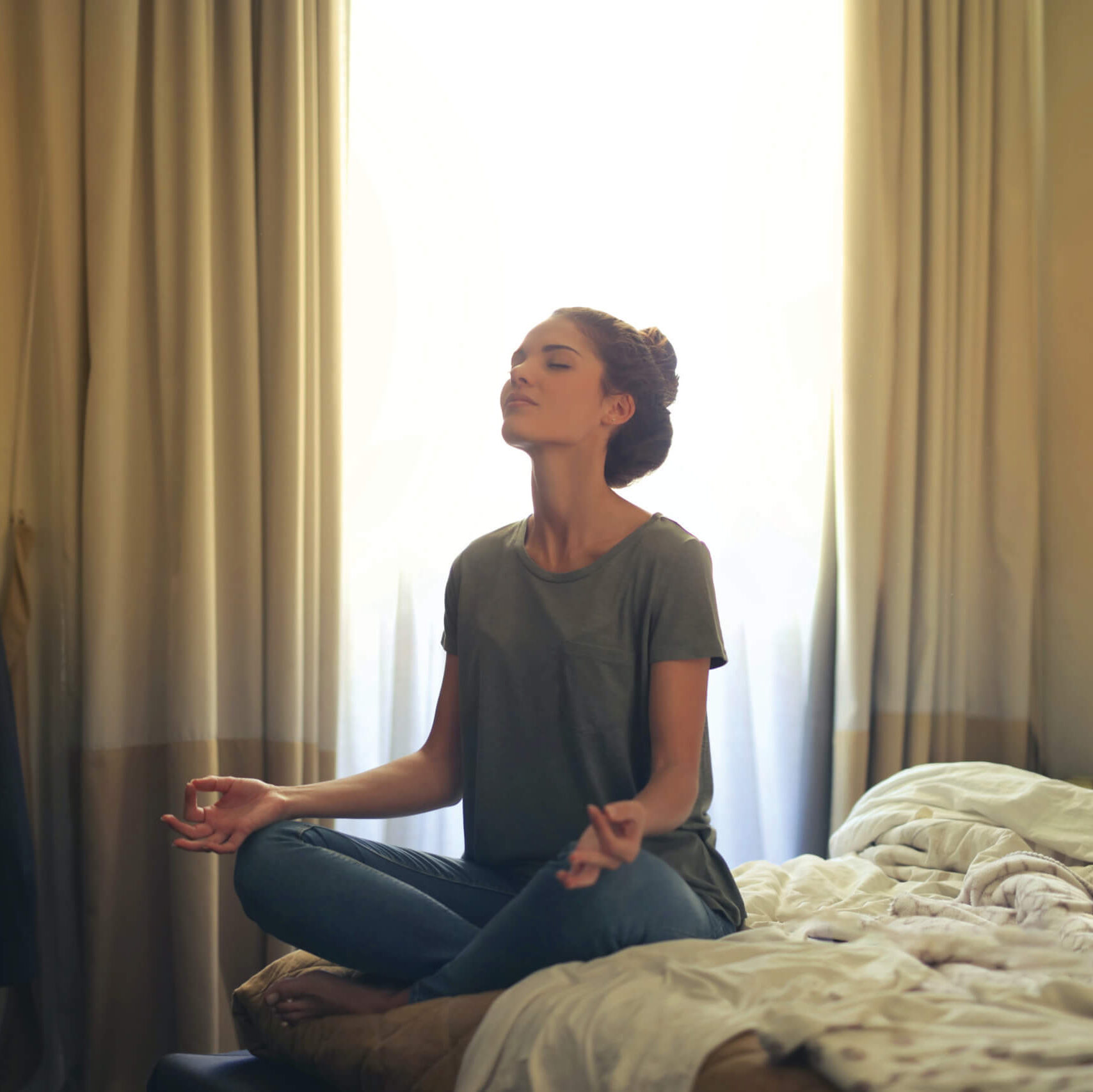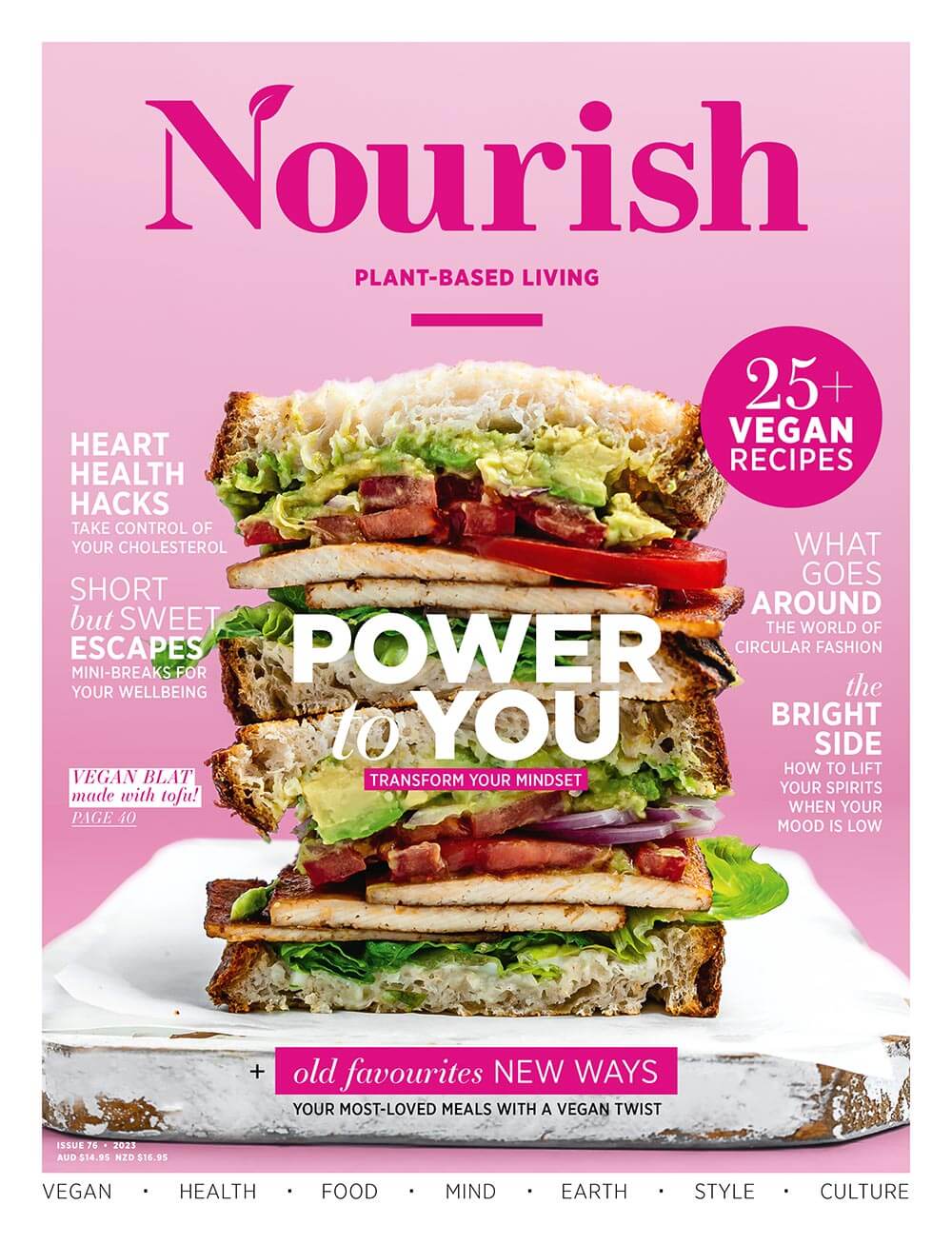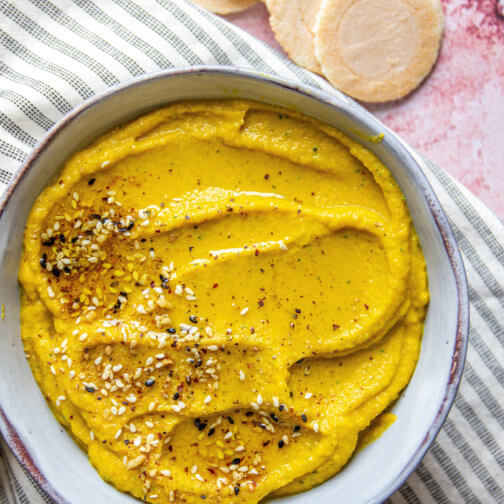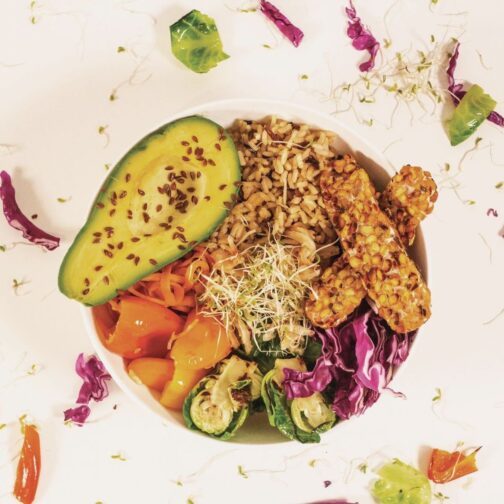
You don’t need loads of time to reap the benefits of mindfulness. You can create a calm mind, raise your awareness, and become more present… one minute at time.
Chances are you’ve heard of mindfulness. But what exactly is it? Why all the hype? And do you really have time for it? If you don’t already consciously practise mindfulness, it is simpler to incorporate into your life than you might think.
Creating greater awareness of yourself, others, and your environment can be achieved through simple mindfulness practices. You can’t underestimate the power of this when it comes to increasing your holistic wellbeing. Mindfulness has been shown to reduce stress levels, increase creativity, and boost self-compassion.
When we practise mindfulness, we can develop a better, more gentle relationship with ourselves, which in turn allows us to form deeper connections to others and to our environment. When we do this, we are more at ease with who we are, we feel more supported, and more ready to take on the difficulties that life can bring.
Imagine the life you could be leading if all this were true for you. You could quite possibly change the world, and at the very least you will change yours.
MUCH ADO ABOUT NOTHING
Now empty your mind of all thoughts and sit in silence, focusing on nothing… sounds rather challenging doesn’t it? Unless you are a highly trained yogi who has reached some kind of enlightenment in your meditations, then mindfulness is definitely not a vast emptiness where no thoughts enter your mind. In fact, most forms of mediation aren’t like this either.
In most cases, whether you practise mindfulness for one minute or one hour, your mind will wander. You’ll begin to think about the dishes that need doing, the many work emails that need responding to, and how the heck did your children manage to get food on the ceiling? Here’s the big secret though. By noticing these thoughts and refocusing your mind, you are succeeding at mindfulness, not failing.
Remember, mindfulness is all about awareness. When you catch the thoughts as they enter your mind, you are consciously bringing awareness to them. Now that awareness has been created, it’s time to refocus on your mindful activity. Every time your mind wanders off, and it will, simply bring it back to your mindfulness focus. You will find these distractions lessen over time, however, they will most likely always be present when practising mindfulness.
ONE MINUTE AT A TIME
The beauty of creating more awareness in your life is that it can be done anywhere and at any time – even in the middle of a meeting (although this is not generally recommended). While not many of us have time to meditate for 20 minutes, morning and night, this doesn’t mean we can’t have a mindfulness practice. You don’t need an hour or even 20 minutes to bring awareness to your life. You just need one minute. Everyone can find one minute. All we need to do is focus our attention inwards and increase our awareness of the present moment.
This is what me mean by micro mindfulness. We can all benefit from short mindfulness practices that we embed into our day. One minute won’t make you late for work in the morning, it won’t stop you from having lunch with your friends, nor will it get in the way of preparing dinner. It’s completely achievable.
MICRO MINDFULNESS PRACTICES
Here are three simple ways you can practise micro mindfulness and enjoy its benefits right away.
S.T.O.P.
This mindfulness practice is fantastic when you are transitioning from one task to another, one situation to another, or one place to another. For example, between meetings at work or before entering your home after a long day. This simple one-minute practice will help to reset your mind and bring you into the present moment. S.T.O.P. stands for smile, touch, one breath, present moment – so nice and easy to remember. Begin by closing your eyes.
Smile – Think about something that brings you joy and allow your face to break into a big smile. Even if it doesn’t feel authentic at first, just plant a smile on your face.
Touch – Focus on the parts of your body that are touching other surfaces. Perhaps it is your feet on the ground or your back leaning against the chair. Can you sense tension in these places? Can you begin to soften and relax your posture?
One breath – Inhale deeply through your nose, hold the breath for the count of four, then release through your mouth.
Present moment – Bring your thoughts to this moment right now. Everything that has happened before this minute is in the past. There is no need to focus on it anymore. Set your focus on the next task, situation or place you are about to enter.
NOTICING
This practice helps to ground you in the present moment and creates a sense of calm in your mind. You’ll find that after you practise noticing a few times, you’ll start to be more observant in your everyday life, and therefore more present and engaged. This can be performed anywhere, anytime.
Notice something new in your current surroundings. Simply let your eyes wander around the space you are in and then focus on something you hadn’t paid much attention to before. Perhaps it’s a tree you have never really looked at, the way light plays on a surface, a sign that you haven’t read before, or the details of a nearby object.
SIX SENSES
A six senses practice will not only calm your mind and bring you into the present moment, it will also help you feel present in your body. This is a great one for raising your awareness of self and connecting to how you feel.
Find a quiet space where you can either sit or lie down. Close your eyes, breathe deeply, and focus your attention inwards. You want to become aware of everything you are experiencing through your senses, one at a time. Keep your eyes closed for all except the last one.
Nose – Inhale and exhale three times. What can you smell?
Ears – Inhale and exhale three times. What can you hear?
Touch – Inhale and exhale three times. What can you feel against your body?
Taste – Inhale and exhale three times. What can you taste?
Feelings – Inhale and exhale three times. What emotions can you feel?
Eyes – Open your eyes and look around. Inhale and exhale three times. What can you see?
What tends to stop most people from practising mindfulness is making the time, often assuming it takes a lot of time. If you can make time for a 20-minute practice in the morning and another in the evening, then by all means, it’s worth doing this. But all we’re trying to do with mindfulness is bring more awareness into our lives and spend more of our time in the present moment. So, start small. Tune into yourself for just one minute. Go on, try a micro mindfulness practice right now. Create a calm, clear and relaxed state for yourself, one minute at a time. Then be consistent. It’s the small habits that we consistently embed into our days that will have the greatest impact on our wellbeing.


























